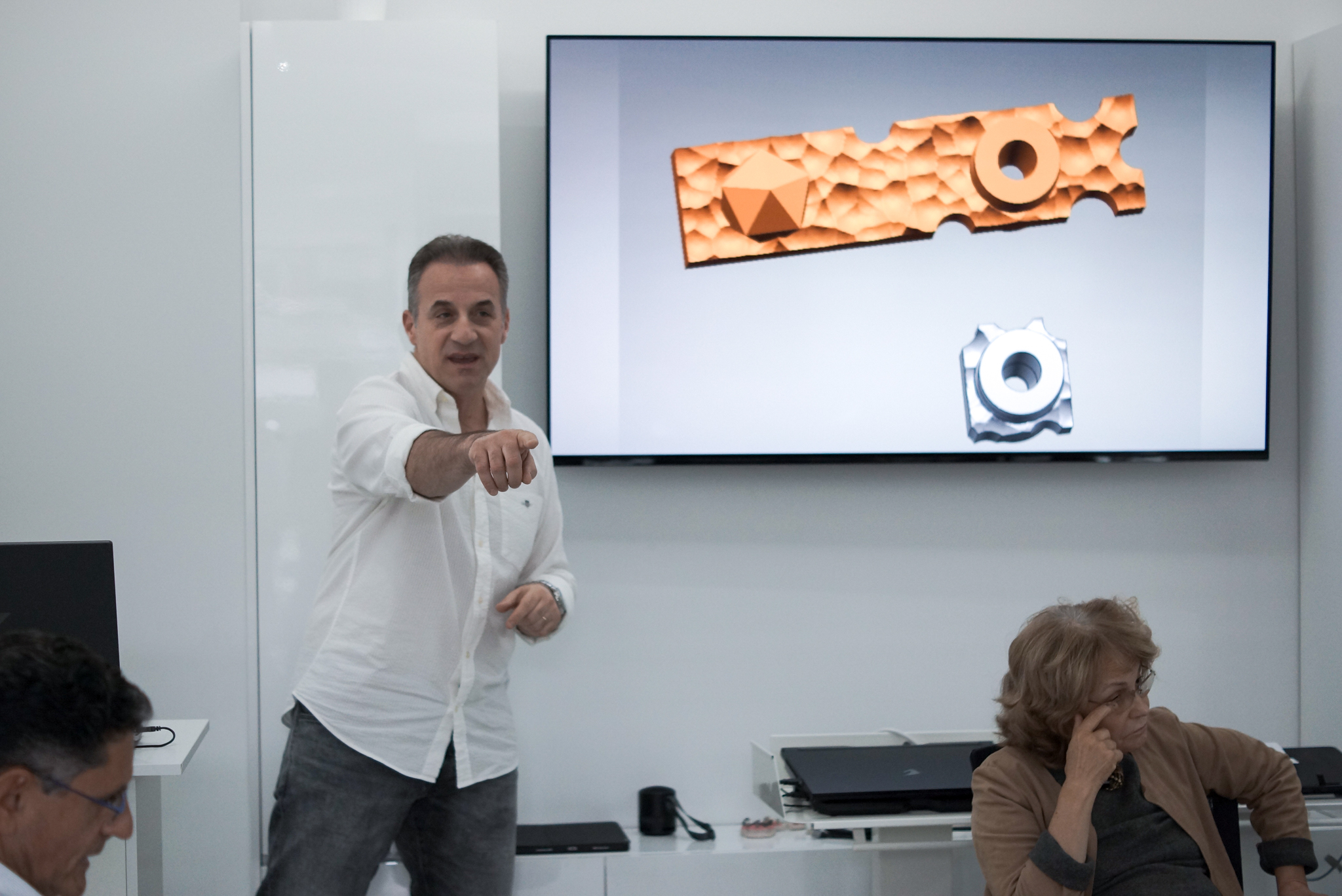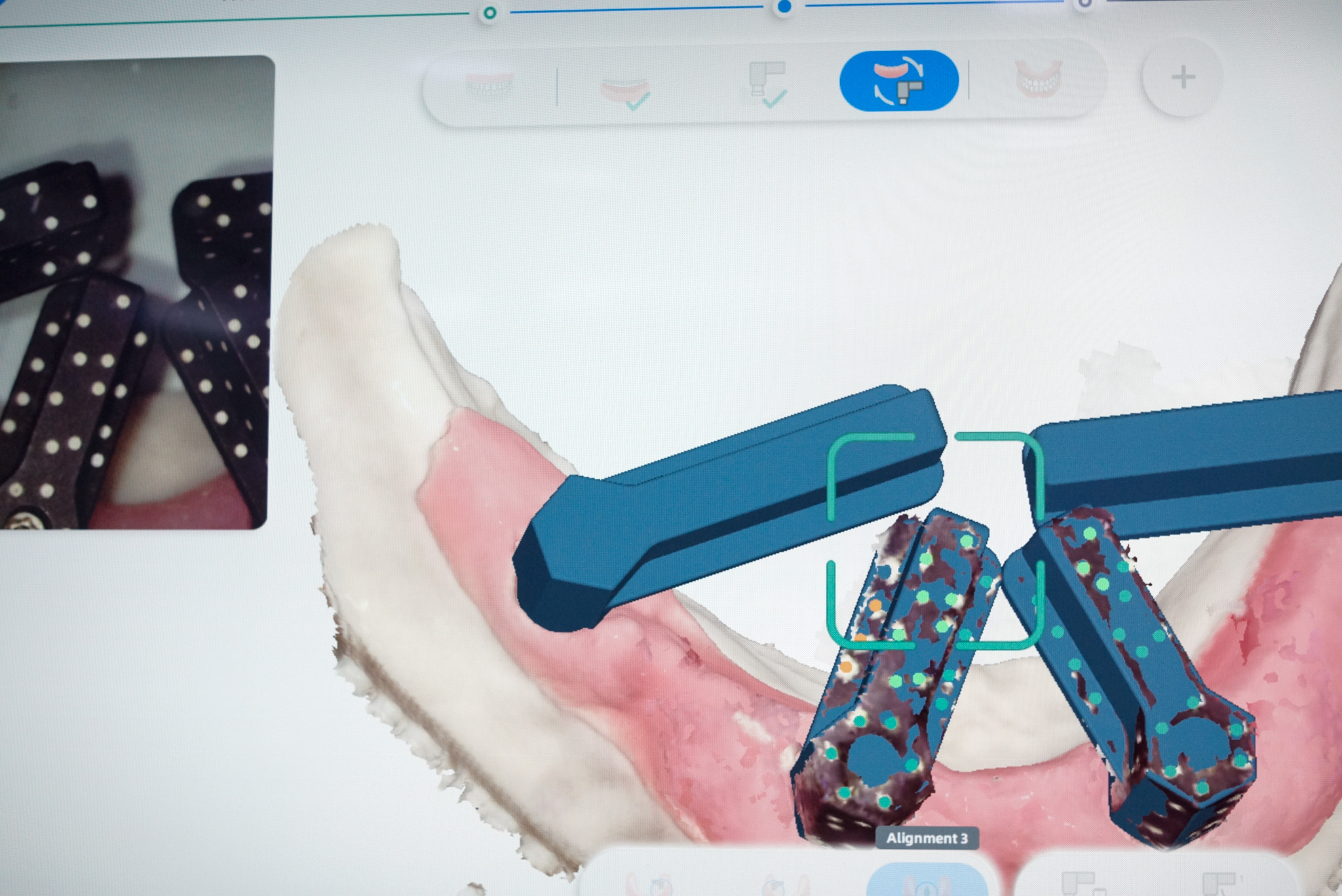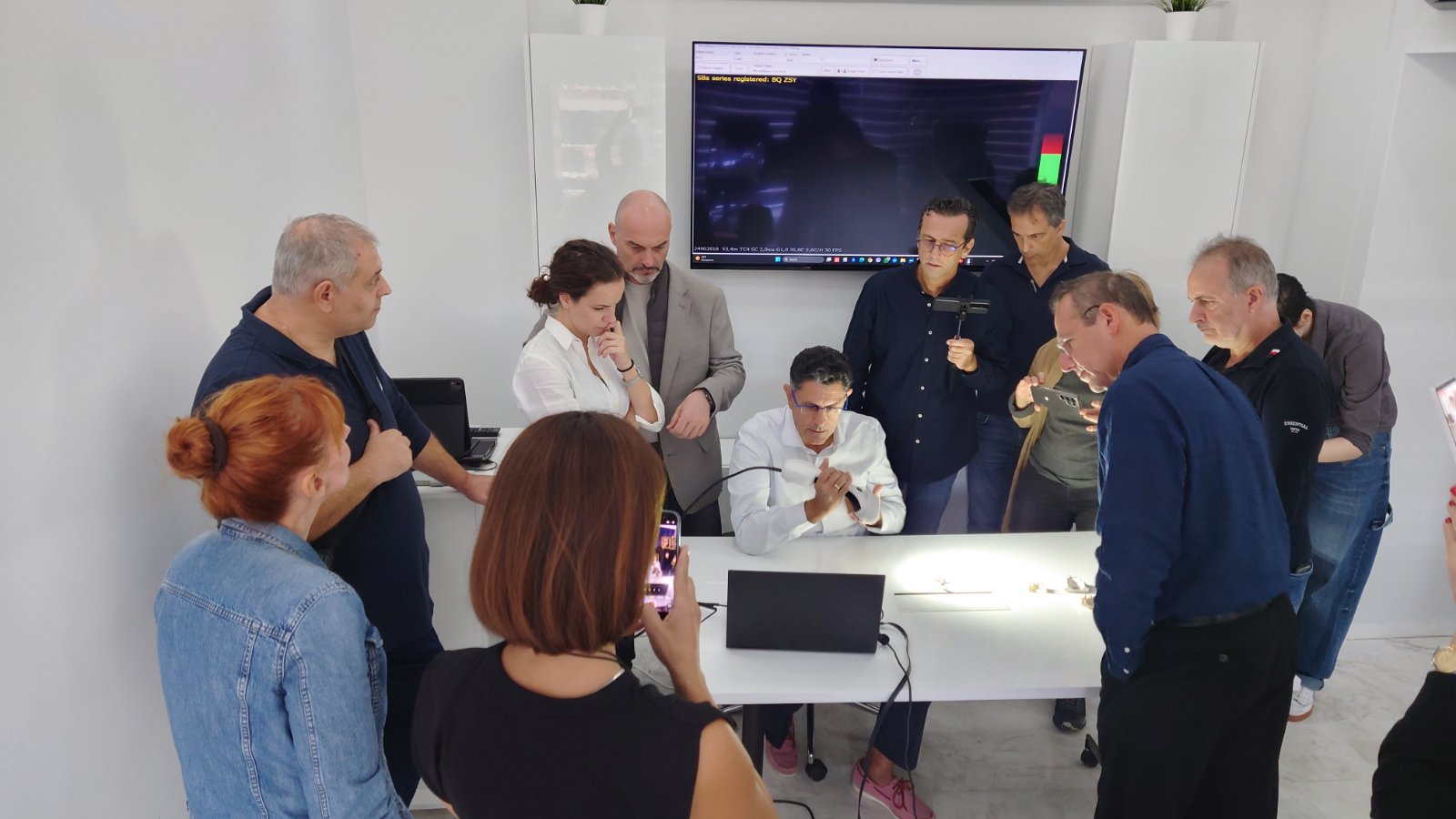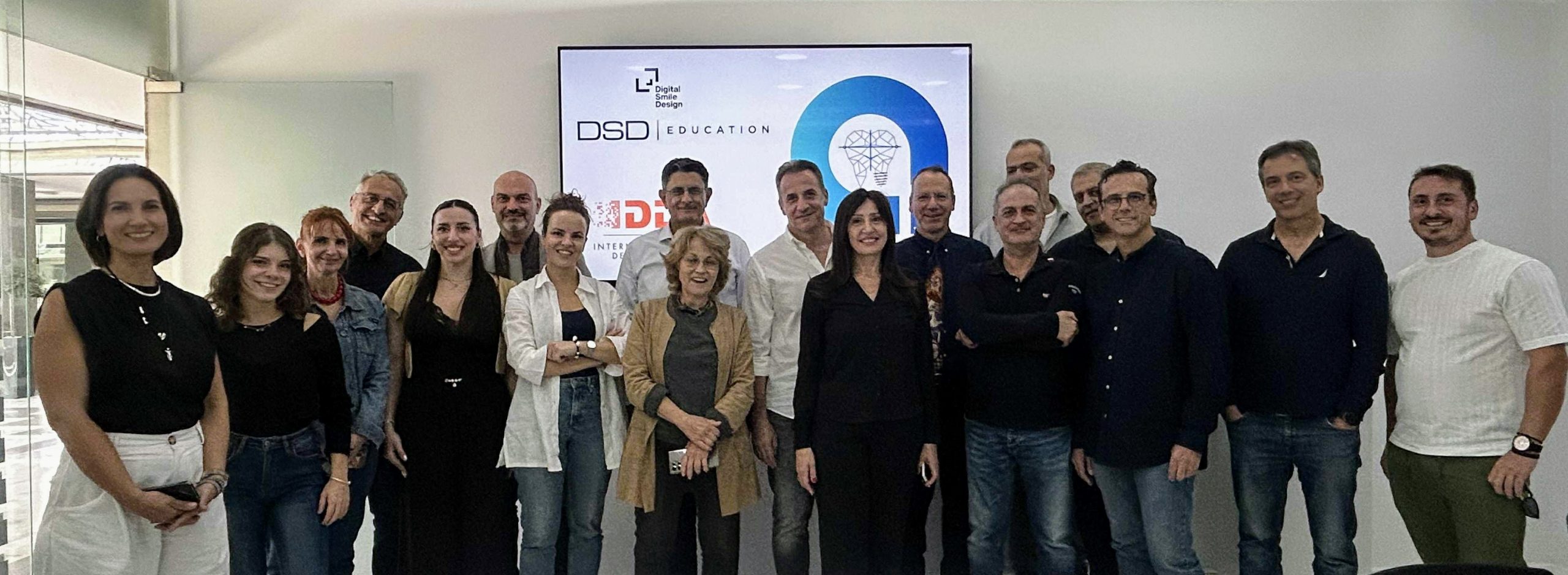Successful Completion of the Seminar:
“Implant Impression from A to Ω”
On Friday, October 10, and Saturday, October 11, the team of AID (Academy of Interdisciplinary Dentistry) organized in Glyfada a highly engaging and educational seminar dedicated to Implant Impression Techniques, with a special focus on full-arch cases, known for their high level of complexity and clinical demands.
In addition to the AID speakers — Dr. Dimitris Stavropoulos, Dr. Dimitris Tasakos, Dr. Pelopidas Lombardas, and Vangelis Konstantopoulos — the event hosted distinguished international lecturers such as Luken De Arbeloa, representing Digital Smile Design (DSD), and Prof. Adam Nulty from the International Digital Dental Academy (IDDA).

From the Analog to the Digital World of Impression Techniques
Throughout the seminar, participants explored all available implant impression techniques, beginning with the analog approach. The session covered the most reliable analog methods that ensure high precision and predictable outcomes.
The discussion then transitioned to digital impressions using intraoral scanners and digital impression posts from various implant systems. The speakers presented the advantages and limitations of each technique, while also sharing practical tips for improving accuracy and quality through the use of specific components and protocols.

Photogrammetry: The New Era of Precision
A particularly captivating part of the seminar was dedicated to photogrammetry, a technology that promises exceptional accuracy compared to conventional impression methods. Both extraoral photogrammetry with MicronMapper and intraoral photogrammetry with Aoralscan by SHINING3D were thoroughly presented and analyzed.
A detailed comparison was made between the two approaches in terms of workflow, benefits, and potential limitations, highlighting how each can enhance the precision of digital implant workflows.

Theory, Practice, and Hands-on Experience
The first day of the seminar focused on the theoretical framework, offering in-depth presentations and analyses of all contemporary impression methods.
The second day was dedicated to live demonstrations and hands-on training, where all participants had the opportunity to practice each technique themselves, gaining valuable experience and applicable knowledge for their daily clinical practice.

The seminar concluded with excellent feedback from attendees, reaffirming once again the importance of continuous education and technological advancement in modern dentistry.
